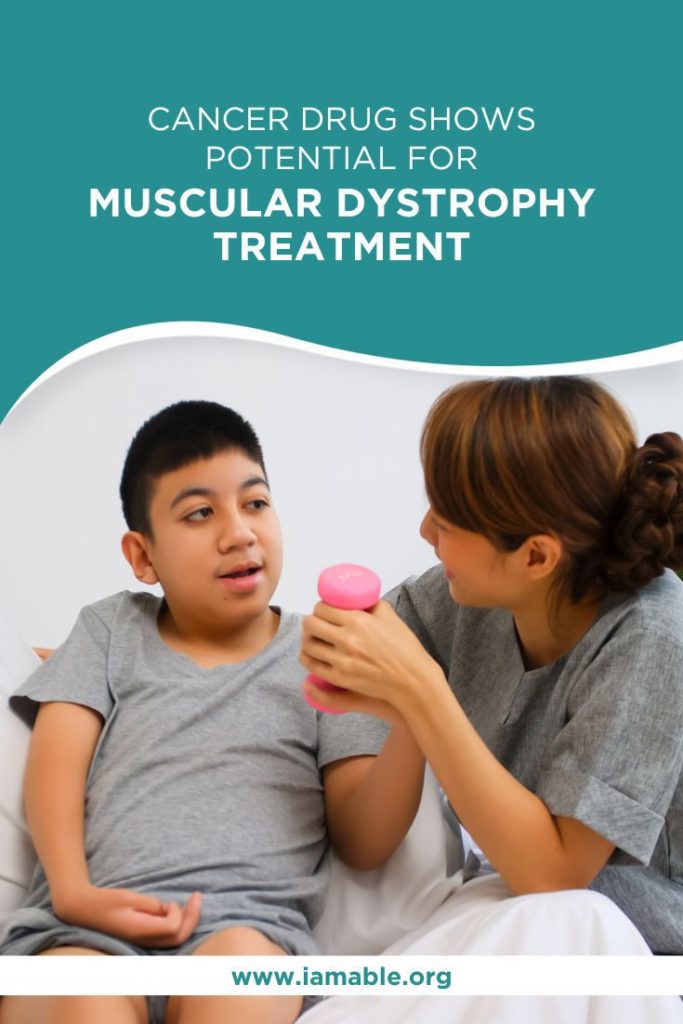Miami, FL 33186

Muscular dystrophy, particularly Duchenne muscular dystrophy (DMD), affects thousands of Americans. It manifests early in life and causes significant problems until adulthood. Thankfully, nowadays, patients have more options to overcome their symptoms, including physical therapy and gait training exercises in Miami. The pharmaceutical industry has also shown significant progress in developing helpful medications for patients with DMD. One example of this medication is the CSF1R (colony-stimulating factor 1 receptor) inhibitor, a treatment used by cancer patients.
CSF1R inhibitor is among the latest drugs used to treat cancer patients. It works by slowing tumor growth and attenuating neuroinflammation. Recently, researchers who focus on finding potential treatment options for Duchene muscular dystrophy found that CSF1R inhibitor might come in handy in regenerating the muscle fibers.
Notably, a study conducted by researchers from the University of British Columbia found that administering doses of CSFR1 inhibitors helped their test subjects develop slow-twitching muscle fibers. Unlike the fast-twitching – a slow twitching type is less prone to damage. Additionally, these structures work efficiently, allowing individuals with conditions like muscular dystrophy to move more easily.
It would be exciting to see more experiments that investigate the mechanism of CSF1R for patients with Duchenne muscular dystrophy. After all, the initial (and accidental) findings are quite promising.
However, it’s no secret that developing a new medication or therapy takes time. Patients, doctors, and researchers may need to wait a couple of years before an FDA-approved CSFR1 inhibitor for muscular dystrophy treatment becomes widely available.
Until then, patients can tap into well-established treatment plans and strategies to improve their symptoms and thrive despite having limited sensory and motor function due to DMD.
While a cure for DMD remains elusive, people living with the condition have several options to manage the symptoms. Some examples of the treatments and techniques that patients with DMD use include the following:
Besides these remedies, you might also find it helpful to tap into mobility aids like a wheelchair and leg braces. It would also help to coordinate with a physician to resolve additional health concerns that may aggravate your overall condition. The more prepared you are to handle complications that might develop because of your DMD diagnosis, the more likely you can ensure a smooth rehabilitation of your body.
Studies note that most cases of Duchenne muscular dystrophy get diagnosed early in life. Most patients notice indications of DMD in their children as early as six years old. If you happen to be a parent or guardian of a child or teenager with DMD, we strongly suggest taking note of the following tips:
Whether you’re a person diagnosed with DMD or a parent of a child living with this genetic condition, it’s crucial to tap into helpful remedies such as gait training exercises in Miami as soon as possible. This will help you lessen the risks of worse symptoms and help you cope better with the crippling effects of DMD.
Gait training can also prevent muscle wasting in the legs – a common problem affecting people with DMD. As you might know, DMD tends to limit movement, causing a diagnosed individual to become less active and more prone to severe problems like loss of muscle mass. Hence, the sooner you can get yourself (or your affected loved one) to do gait training exercises in Miami, the better your prognosis or chances of managing the effects of DMD on your body.
It would be wise to reach out to fitness and training professionals like our team members at iAM ABLE. In addition to gait training, you can also learn other ways to thrive with your condition. We will help you develop a tailored-fit approach to retraining your body using our tried and tested techniques and extensive knowledge and background in assisting clients with DMD.
We strongly encourage calling our office at (305) 283-9717 to book your initial consultation with our fitness and rehab professionals. Alternatively, you can download our comprehensive guide to navigating life with paralyzing conditions like DMD. Our extensive eBook contains simple tips and tricks you can incorporate into your DMD patient care plan.
Grab our free e-book 7 Unbelievably Important Steps to Take to THRIVE after Paralysis by clicking the image below.
